Client Alert
Federal Reserve Board Revises and Prepares to Open the Main Street Lending Program
June 11, 2020
By Paul Hastings LLP
The Board of Governors of the Federal Reserve System (the “Federal Reserve”) is preparing to open the Main Street Lending Program (the “Program”) for eligible lender registration soon and thereafter acquire loans from eligible lenders for the first time since its initial announcement on April 9, 2020. Our earlier client alerts on the Program can be found here and here.
In preparing to open the Program, the Federal Reserve modified the lending programs significantly by making the following changes to each of the Main Street New Loan Facility (“MSNLF”), the Main Street Priority Loan Facility (“MSPLF”), and the Main Street Expanded Loan Facility (“MSELF”):
Publishing updated Frequently Asked Questions (“FAQs”);
Lowering the minimum loan size for MSNLF and MSPLF loans to $250,000 from $500,000 (the minimum loan size for MSELF loans remains $10 million);
Raising the maximum loan size for MSNLF loans to $35 million from $25 million, MSPLF loans to $50 million from $25 million, and MSELF loans to $300 million from $200 million;
Adjusting the principal repayment schedule for Program loans to begin after two years instead of after the first year (interest payments remain deferred for one year and unpaid interest will be capitalized);
Extending the term for all Program loans to five years from four years;
Aligning the repayment schedule for loans under each facility in years three and four (15% each) and year five (70%);
Raising the participation rate to 95% of the Federal Reserve Bank of Boston (the “Reserve Bank”) for all Program loans (previously it was 85% for MSPLF loans);
Eliminating from the maximum loan size three-prong test for MSELF loans the prong measuring 35% of the eligible borrower’s existing outstanding and undrawn available debt that is pari passu or in priority with the eligible loan and equivalent in secured status; and
Announcing an intention to establish a similar program for nonprofit organizations that are currently ineligible to participate in the Program.
Eligible Lender Registration
The Federal Reserve announced that eligible lenders will soon be able to register. To register, an eligible lender must submit specific documents to the Reserve Bank. The registration documents are only required to be submitted once by an eligible lender. FAQ I.3 clarifies that multiple affiliated entities may register as eligible lenders under the Program. Note that the scope of eligible lenders has not been expanded to include nonbank financial institutions.
Lender Registration Certifications and Covenants. To participate in the Program, an eligible lender must make the following certifications and covenants in writing, executed by its CEO and CFO (or officers performing similar functions) in connection with the eligible lender’s participation in the Program:
the lender is an eligible lender (i.e., a U.S. federally insured depository institution (including a bank, savings association, or credit union), a U.S. branch or agency of a foreign bank, a U.S. bank holding company, a U.S. savings and loan holding company, a U.S. intermediate holding company of a foreign banking organization, or a U.S. subsidiary of any of the foregoing);
the lender is in compliance with the conflict of interest provisions of Section 4019(b) of the CARES Act (relating to ownership interests by certain government officials and their family members); and
the lender is solvent (as defined in 12 C.F.R. § 201.4(d)(5)(iii)).
Lender Wire Instructions: Eligible lenders must provide wire instructions for the bank account into which the MS Facilities LLC (the “Main Street SPV”) will transfer the purchase amount, servicing fees, and any other payments related to MSNLF, MSPLF or MSELF loan transactions.
Eligible lenders and borrowers also will be required to make extensive certifications and covenants in connection with each Program loan. Such certifications and covenants vary by Program facility:
MSNLF Lender Transaction Specific Certifications and Covenants
MSPLF Lender Transaction Specific Certifications and Covenants
MSELF Lender Transaction Specific Certifications and Covenants
Main Street Program Implementation
Since the initial announcement of the Program, at least 15 forms and agreements have been added to its legal architecture. Certain of the documents are Program-specific documents, while others are transaction-specific documents. In May, the Reserve Bank released additional information for potential lenders and borrowers in the Program, including a form loan participation agreement and other legal documents and instructions, updated lender and borrower certifications, covenants, and updated FAQs. Virtually all of the Program documents initially promulgated are being updated to reflect the most recent changes to the Program. The Reserve Bank has and will continue to update the Program website with relevant Program information, including all up-to-date eligible lender and eligible borrower forms and agreements.
I. Loan Agreements and Required Covenants and Terms
According to FAQ I.4., eligible lenders are permitted to use their own forms for loan agreements with borrowers under the Program, so long as the eligible lender’s loan documentation is substantially similar, including with respect to required covenants, to the loan documentation it uses in the ordinary course of its lending business to similarly situated borrowers, modified as necessary to reflect certain Program requirements. In particular:
Appendix A to the FAQs contains a detailed checklist of the items that must be reflected in the loan documentation in order for the Main Street SPV to purchase a participation in a loan.
Although Appendix A to the FAQs states that the interest rate must be an adjustable rate of LIBOR (one or three month) plus 300 basis points, the lender certification forms make clear that this requirement should not be read to prohibit additional default interest from accruing after the occurrence and during the continuance of an event of default. The certification forms also clarify that customary LIBOR fallback language is permitted, in light of the phase-out of LIBOR.
Appendix B to the FAQs includes certain model covenants that eligible lenders can elect to reference when drafting their loan documentation in order to satisfy certain Program requirements. Those covenants include:
– Priority and Security Covenants
MSNLF loans may not be contractually subordinated in terms of priority to any of the borrower’s other loans or debt instruments at any time, whether inside or outside of bankruptcy.
MSPLF and MSELF loans also may not be contractually subordinated in terms of priority to any of the borrower’s other loans or debt instruments and must be senior to or pari passu with, in terms of priority and security, the borrower’s other loans or debt instruments (other than mortgage debt). In addition, MSPLF and MSELF loans must include a lien covenant consistent with the sample covenant provided in Appendix B to the FAQs, subject to exceptions, limitations, carve-outs, baskets, materiality thresholds, and qualifiers that are consistent with those used by the eligible lender in its ordinary course lending to similarly situated borrowers.
If the MSPLF loan is secured, then the collateral coverage ratio for the MSPLF loan at the time of its origination must be either (i) at least 200% or (ii) not less than the aggregate collateral coverage ratio for all of the borrower’s other secured loans or debt Instruments (other than mortgage debt).
If the MSPLF is secured by the same collateral as any of the borrower’s other loans or debt instruments (other than mortgage debt), the lien must be senior to or pari passu with any other creditor’s lien on such collateral. The MSPLF need not share in all of the collateral that secures the borrower’s other loans or debt instruments.
Note also that the MSPLF loan may be unsecured solely to the extent the borrower has no other secured debt in its capital structure (other than mortgage debt).
FAQs C.5 and D.11 make clear that “mortgage debt” means (i) debt secured by real property at the time of the loan’s origination and (ii) limited recourse equipment financings (including equipment capital or finance leasing and purchase money equipment loans) secured only by the acquired equipment.
MSELF loans may satisfy this requirement to the extent the existing loan documentation has a lien covenant that was negotiated in good faith prior to April 24, 2020.
Footnote 1 to FAQ B.3 makes clear that in the event of a borrower’s bankruptcy, the prohibitions on contractual subordination with respect to Program loans do not prevent the incurrence of obligations that have mandatory priority under the Bankruptcy Code or other insolvency laws that apply to entities generally.
– Borrower Certifications and Covenants Material Breach Mandatory Prepayment Provision
MSNLF, MSPLF, and MSELF loans that are part of a bilateral facility must contain a mandatory prepayment provision related to a material breach of the borrower certifications in Section 2 (U.S. business requirement; compliance with CARES Act limitations on distributions, stock buybacks, and employee compensation and CARES Act conflict of interest provisions) and Section 3 (unavailability of credit; solvency) of the Borrower Certifications and Covenants.
In addition to the foregoing certifications, a borrower also must certify, among others, it has a reasonable basis to believe it has the ability to meet its financial obligations for at least the next 90 days and does not expect to file for bankruptcy during that time.
Borrowers also must agree to indemnify the eligible lender and Main Street SPV for losses that may result out of a material breach of any of the borrower’s certifications or covenants.
The mandatory prepayment provision must be included in all bilateral loan agreements. In the case of an MSELF upsize to an existing multi-lender facility, the mandatory prepayment provision is only required to be included if the existing underlying facility is being amended. If included, the mandatory prepayment provision must be documented and treated as a “sacred right,” the amendment, waiver, or modification of which would require unanimous lender consent.
– Cross-Acceleration Provision
MSNLF, MSPLF, and MSELF loans that are part of a bilateral facility must contain a cross-acceleration provision that would be triggered if debt owed by the borrower to the eligible lender or the eligible lender’s affiliates is accelerated.
Cross-default or cross-acceleration provisions in existing MSELF loans will be deemed satisfactory if negotiated in good faith prior to April 24, 2020.
– Financial Reporting Covenant
MSNLF, MSPLF, and MSELF loans that are part of a bilateral facility must contain a financial reporting covenant requiring the annual or quarterly delivery of extensive, detailed financial information set forth in Appendix C to the FAQs.
Financial reporting provisions in existing MSELF loans will be deemed satisfactory if negotiated in good faith prior to April 24, 2020.
II. Updated FAQs
In addition to Program updates, the Federal Reserve has updated the Programs’ FAQs. Notable updates since the initial release of the FAQs include:
Funding. FAQ L.4 now confirms that eligible lenders will have two funding options under the Program:
fund a Program loan then seek to sell the 95% participation interest to the Main Street SPV; or
pre-condition funding of a Program loan on the Main Street SPV’s acceptance of the participation interest (in the latter case, FAQ L.4 and Appendix A to the FAQs each provide a sample condition precedent to funding the Program loan).
Prepayment. Prepayment of principal is permitted without penalty. FAQ G.17 clarifies that lenders should endeavor to align their approach of applying prepayments against the principal amount due with the expected amortization schedule specified for each Program loan.
Main Street SPV Sale or Assignment of Participation. FAQs J.4, J.5, J.6, and J.7 highlight the Main Street SPV’s rights under the Loan Participation Agreement and Co-Lender Agreement, in particular in event of borrower financial distress.
The Main Street SPV can sell or transfer its participation, or elevate its participation to an assignment, if the borrower (i) has failed to make any payment due and the applicable grace period has elapsed or (ii) enters bankruptcy.
According to the Federal Reserve, however, it generally would not expect to do so—unless its economic interests were misaligned with those of the lender or the loan amount was relatively large in comparison to other Program loans—and would expect lenders to follow industry standard loan workout processes.
Voting Rights and Core Rights Acts. FAQ I.6 describes how Section 11.1 of the Loan Participation Agreement requires the consent of the Main Street SPV (and other lenders to whom the Main Street SPV transfers its interest) with respect to Core Rights Acts.
Affiliated Entities. As the SBA’s affiliation rules are applicable when determining borrower eligibility under the Program, FAQ E.10 confirms that affiliated entities can participate in the Program.
However, such affiliated entities can only participate in one Program facility and if an affiliate has participated in the Federal Reserve’s Primary Market Corporate Credit Facility, all of its affiliates are precluded from participating in any Program facility.
Affiliated Entities’ Aggregated Maximum Loan Size. With respect to maximum loan size, FAQ E.10 confirms that an affiliated group’s total participation in a single Program facility cannot exceed the maximum loan size that the entire affiliated group is eligible to receive on a consolidated basis.
If only one affiliate seeks funding through the Program, its affiliated group’s debt and EBITDA are not relevant to determining whether that borrower can qualify, except to the extent that the Borrower’s subsidiaries are consolidated into its financial statements.
On the other hand, if the borrower has an affiliate(s) that previously borrowed or has an application pending to borrow, then the entire affiliated group’s debt and EBITDA are relevant to the determining the borrower’s maximum loan size.
Multiple Facility Loans. FAQ G.9 confirms that an eligible borrower may only participate in one Program facility; an eligible borrower, however, can obtain more than one loan under that same facility, provided its aggregate borrowings cannot exceed the facility’s maximum loan amount.
U.S. Subsidiaries of Foreign Companies. FAQ E.9 confirms that an eligible borrower can be a subsidiary of a foreign company so long as such borrower is created or organized in the U.S. and the borrower on a consolidated basis has significant operations in and a majority of its employees based in the United States.
FAQ E.8 clarifies that to determine whether an eligible borrower has “significant operations” in the U.S., the borrower’s business operations should be evaluated on a consolidated basis together with its subsidiaries, but not its parent companies or sister affiliated entities.
According to FAQ E.8., a borrower has significant operations in the U.S. if, when consolidated with its subsidiaries, greater than 50% of the borrower’s assets, net income, net operating revenues or operating expenses are located or generated, as applicable, in the United States.
FAQ E.9 mandates that Main Street loan proceeds be used only for the benefit of the borrower, its consolidated U.S. subsidiaries and other U.S. affiliates and prohibits the use of such proceeds for the benefit of the borrower’s foreign parents, affiliates or subsidiaries.
PPP loans and EIDL. FAQ G. 16 confirms that Paycheck Protection Program (“PPP”) loans count as “outstanding debt” for purposes of the Program.
Separately, FAQ F.2 confirms that a business that has received a PPP loan or Economic Injury Disaster Loan (“EIDL”) is eligible to borrow under the Program if it meets the criteria to do so.
However, the FAQs do not clarify whether EIDLs count as outstanding debt.
FinCEN Rule CDD. New FAQ K.3 describes guidance provided by FinCEN to the Federal Reserve that new Main Street loans to existing customers will not be considered to be new accounts for FinCEN Rule CDD purposes. Furthermore, the FAQ confirms that if eligible lenders have not yet collected beneficial ownership information on existing customers, such lenders do not need to collect and verify beneficial ownership information for those borrowers applying for new Main Street loans, unless dictated by the eligible lender’s risk-based approach to Bank Secrecy Act compliance.
KYC Requirements. FAQ B.4 confirms that eligible lenders can make loans to new customers, so long as such lenders follow their normal policies and procedures for originating loans to new customers, including Know Your Customer policies and procedures. With respect to sizing the amount of the Program loan, new FAQ B.4 clarifies the eligible lender should use an adjusted EBITDA methodology based on a methodology used when extending credit to “similarly situated borrowers” on or before April 24, 2020.
“Similarly Situated Borrowers”. FAQ G.14 clarifies that “similarly situated borrowers” are borrowers in similar industries with comparable risk and size characteristics and notes that eligible lenders should document their processes for identifying similarly situated borrowers when they originate an MSNLF or MSPLF loan.
* * *
Paul Hastings is actively counselling clients on the Program and other emergency lending programs and stimulus programs adopted to date by the Federal Reserve, Treasury, and the federal banking agencies. This information remains fluid and subject to change as these emergency lending programs and other stimulus programs are finalized and implemented.
Contributors
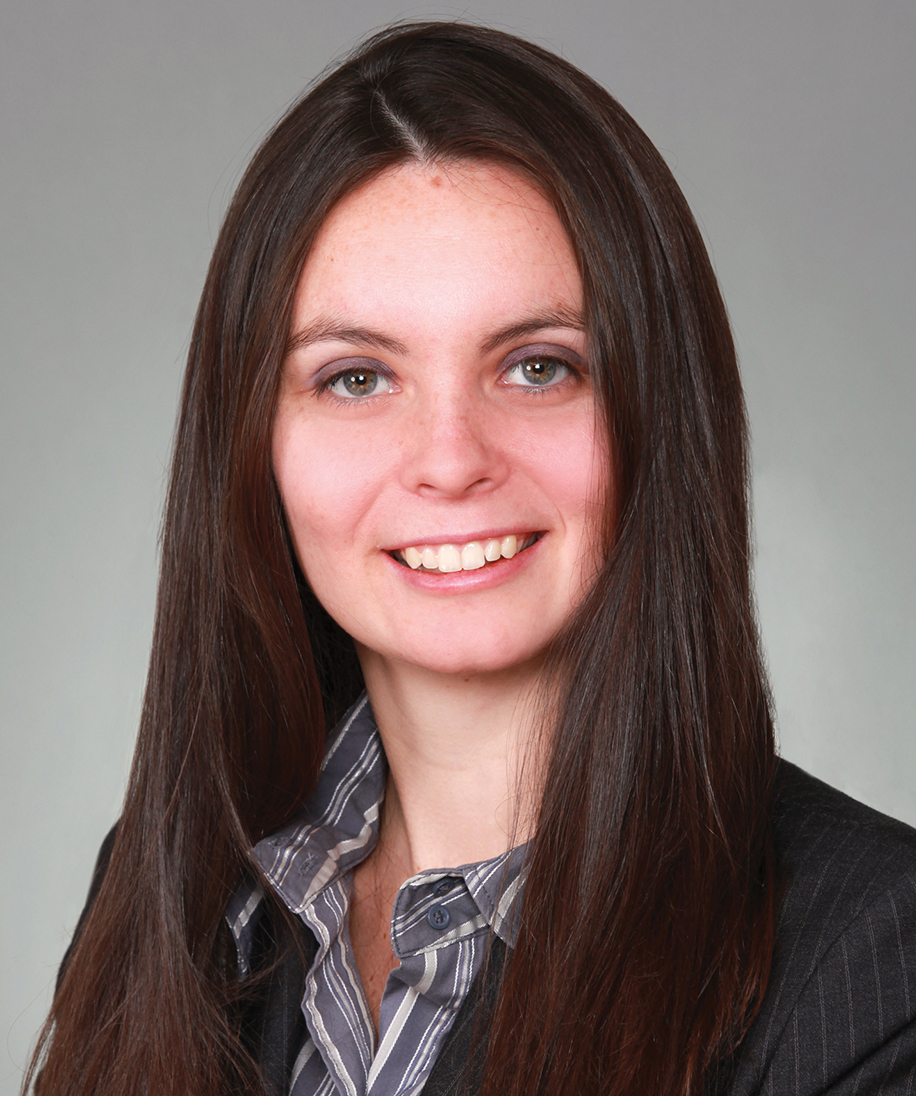
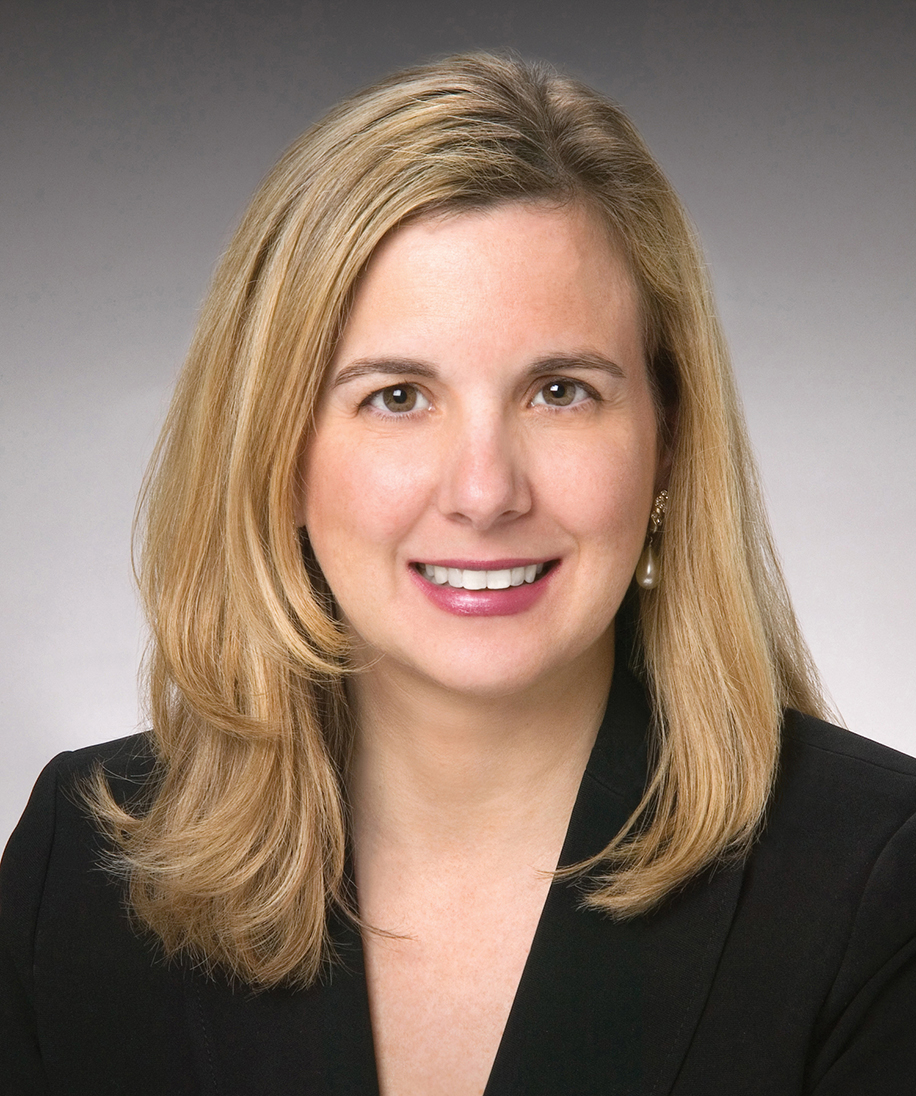


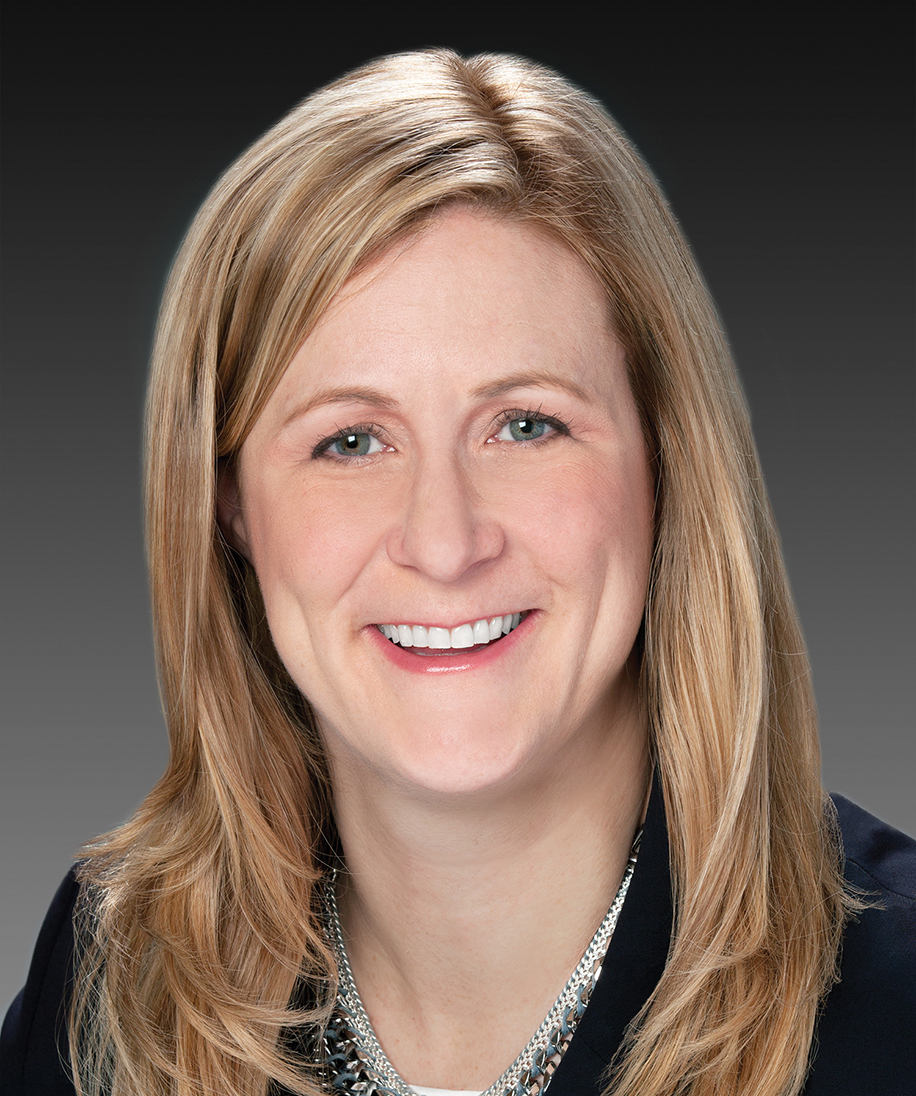
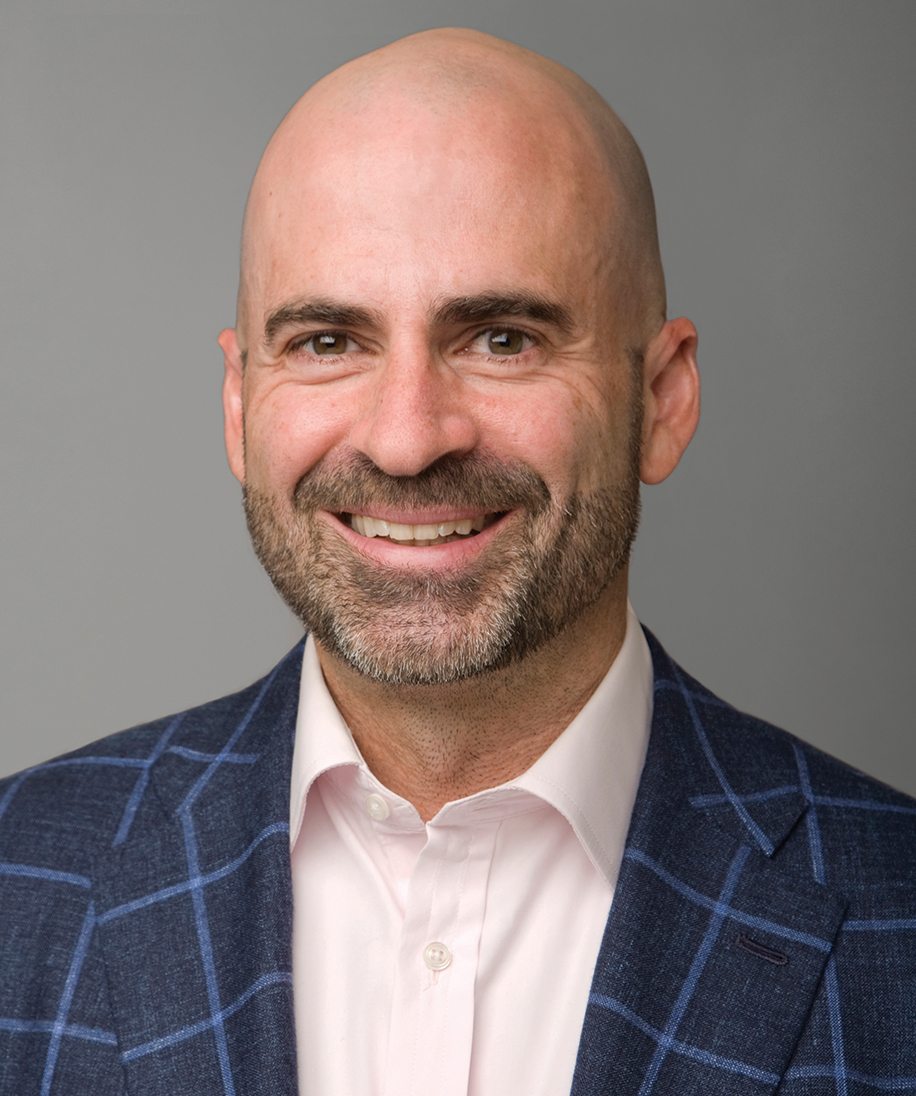

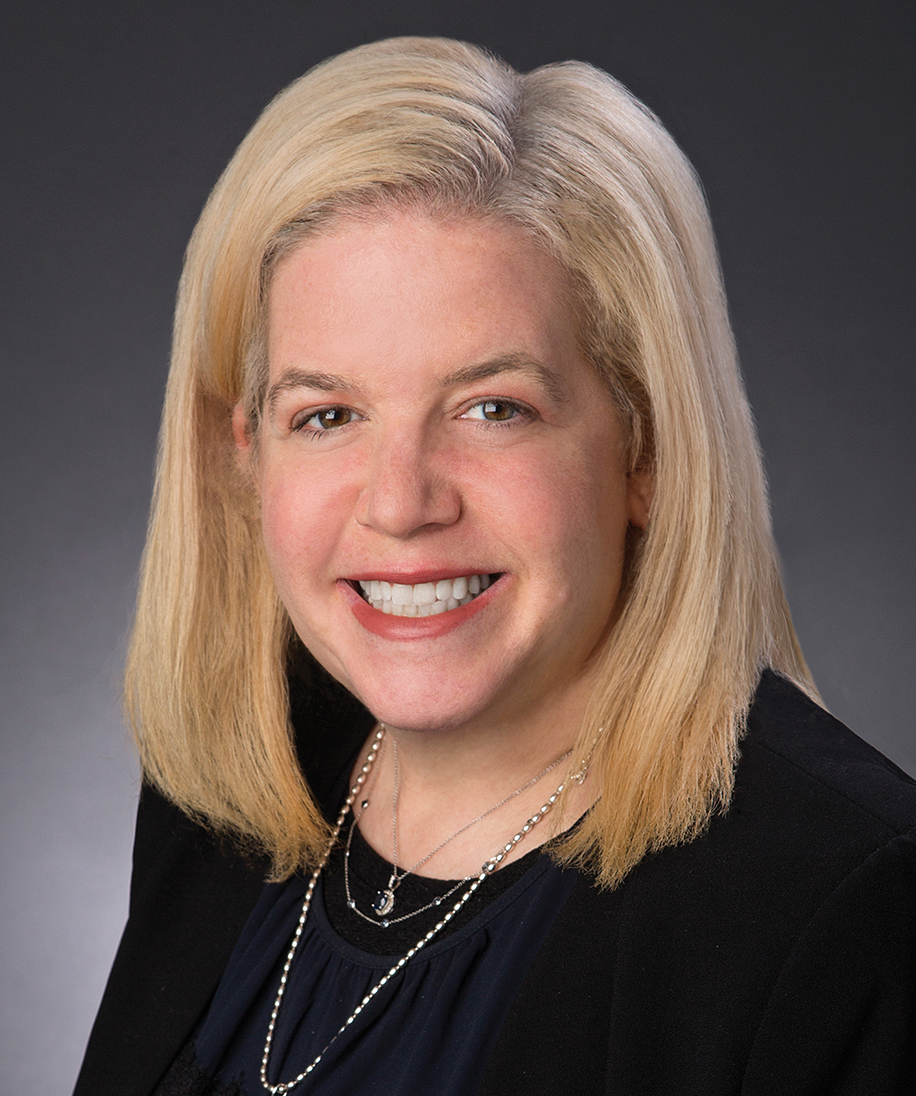

Practice Areas
For More Information








